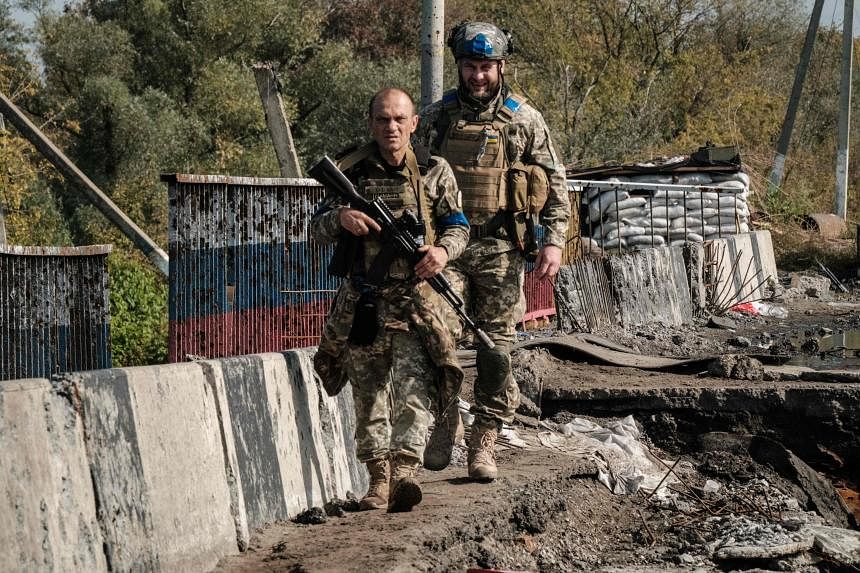WASHINGTON - It's not red, or even a telephone, but the secure Washington-Moscow communications line known in Cold War legend as "the red phone" is primed to ring again as the two powers jostle over the Kremlin's nuclear threats.
With President Vladimir Putin openly brandishing the possibility of using nuclear weapons against Ukraine, where his conventional army is struggling to consolidate a seven-month-old invasion, US officials say secret channels are a key tool in pushing back.
"The answer to your question is yes," National Security Adviser Jake Sullivan told NBC on Sunday when asked if the hotline was busy.
Messaging at "senior levels," he said in the interview, has "happened frequently over the course of the past few months. That has happened even in just the last few days."
What Sullivan would not comment on is quite what the modern incarnation of the famous red phone idea looks like.
"We have not wanted to indicate exactly what those channels look like because we want to be able to protect them so that we have the continuing ability to reach Russia," he said.
Clunky machine
The concept of an emergency hotline where the Kremlin and White House could communicate in writing for the sake of clarity - and quickly for the sake of avoiding accidental nuclear war - took off in 1963 as a result of the Cuban Missile Crisis the previous year.
But far from the popular image of a red telephone on the president's desk in the Oval Office, the first device was a clunky telegraph machine relying on cables snaking all the way across the Atlantic and through Europe.
Washington sent an inaugural message on Aug 30, 1963, using a phrase that has long been a favourite test for typists, since it uses every letter in the English alphabet: "THE QUICK BROWN FOX JUMPED OVER THE LAZY DOG'S BACK 1234567890."
The reply from the Russians, reported The New York Times when it happened, was "completely unintelligible" and modifications had to be made.
Since then, various generations of technology have come and gone, including satellite links and fax.
While today the two sides use secure comms through computers linked by fibre optic cable, one thing has not changed: At the US end, messages are sent and received not from the Oval Office but a room in the Pentagon.
As for the Russian terminal, that's secret, but while it was long assumed to be located inside the Kremlin, the Times reported back in 1988 that Soviet leader Leonid Brezhnev once told US reporters it was located across Red Square in the Communist Party Headquarters.
'Hotline is up'
Dramatic use of an East-West hotline has featured in everything from Dr Strangelove Or: How I Learned To Stop Worrying And Love The Bomb to the West Wing TV series and several US election ads along the way.
The non-fiction version has seen plenty of its own dramas, although many remains classified.
Some of the earliest incidents that were made public took place during the 1967 Arab-Israeli war.
Lyndon Johnson recalled in his presidential memoir that he was informed early in the morning on June 5 in his White House bedroom that "the hotline is up."
It was the Soviet leader reassuring him that the USSR would keep out of the MidEast war if the United States did likewise.
The line was used during another Arab-Israeli conflict in 1973, as well as in 1979 when the Soviet Union launched its ill-fated invasion of Afghanistan.
Other hotlines have sprung up around the world, notably between China and Russia, India and Pakistan, and North and South Korea - although this last one is periodically cut in response to the very tensions it is meant to help resolve. AFP

